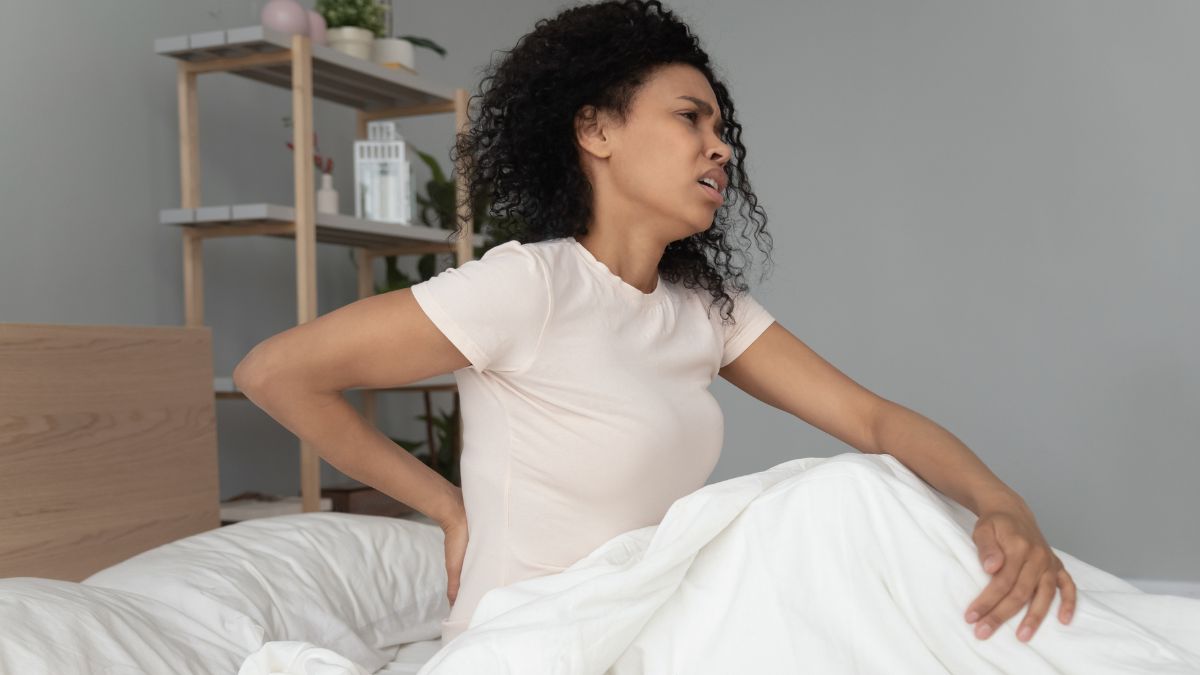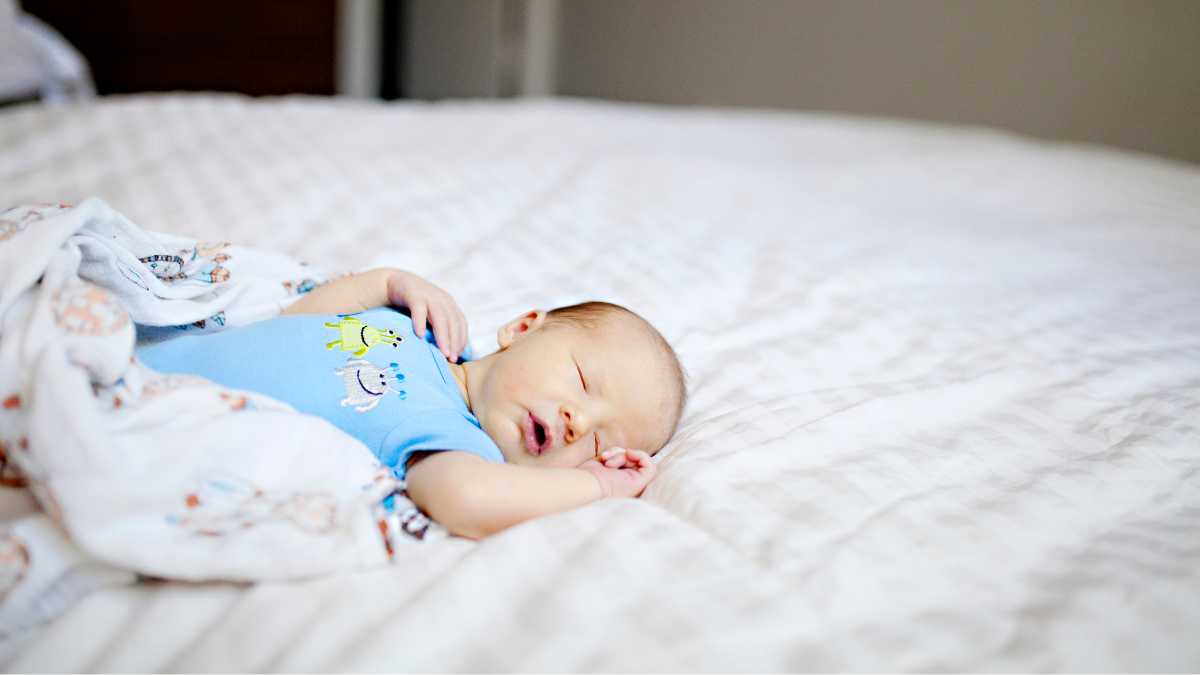
Choosing the ideal mattress is one of the most important decisions when preparing your nursery. Your new baby will spend up to 20 hours per day sleeping and resting on this surface during the first year. The right mattress provides a firm yet comfortable foundation that supports developing bones, muscles, and motor skills. It also aids safe, uninterrupted sleep critical for growth. Orthopedic mattresses are a popular choice due to targeted back support, but breathability and comfort should also be considered when selecting the best mattress for your infant.
Why the Right Mattress Matters in a Baby’s Early Months?
A quality mattress serves as the foundation for an infant’s sleeping environment and can impact:
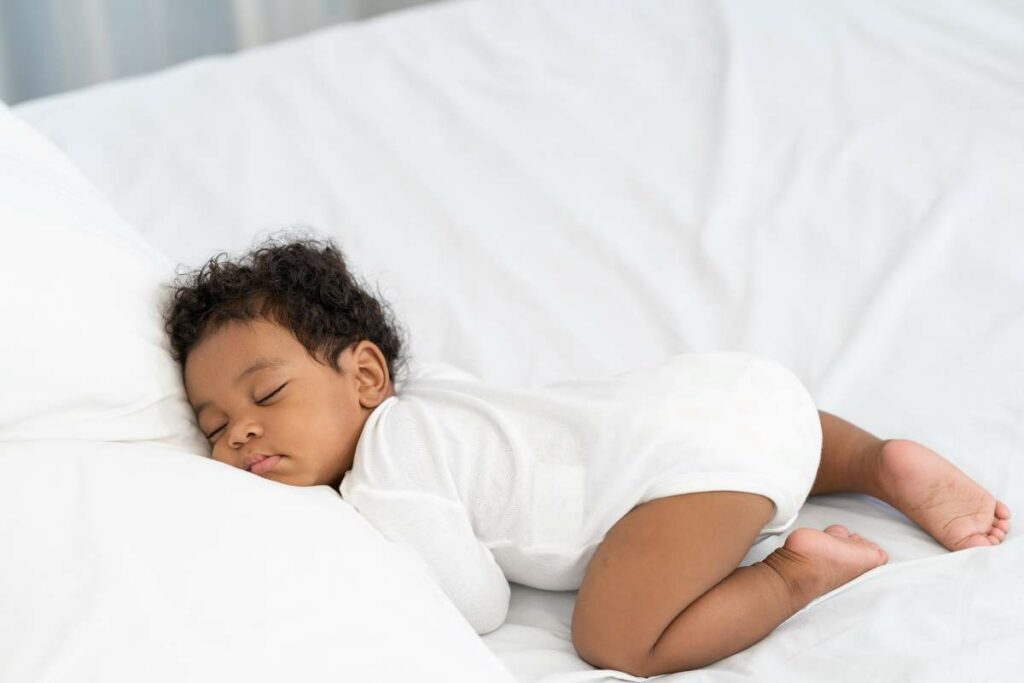
- Spinal alignment and posture: Babies up to one year old lack neck strength and control. The appropriate firmness keeps the delicate, developing spine properly aligned.
- Joint and bone support: A firm surface helps evenly distribute body weight and reduces pressure on joints. This allows bones to strengthen properly.
- Motor development: Unrestricted movement over a flat surface builds muscle control and aids milestones like rolling over, sitting up, etc.
- Respiratory health: Breathable construction prevents overheating and re-breathing air, which can aggravate asthma or allergies.
- Safety: A firm mattress prevents the face from sinking in and reduces suffocation risk. Some models are also certified to minimize toxic chemicals.
- Sleep quality: Uniform support prevents discomfort from uneven surfaces. This enables uninterrupted sleep essential for growth.
With a baby spending so much time sleeping, especially in early months, the mattress plays a fundamental role in comfort, health, and development. An orthopedic mattress may provide the ideal firmness and breathability, but also consider your baby’s needs.
Key Benefits of Orthopedic Mattresses for Infants
Orthopedic mattresses are designed to properly support the body’s muscles, joints, and skeletal structure. This makes them a top choice for babies, especially for the first 6-12 months when rapid bone growth occurs. Benefits include:
Targeted Firmness for Posture and Joints
- Reinforced firmness keeps the spine neutrally aligned.
- Distributes body weight evenly across the surface to support joints.
- Reduces pressure on hips, shoulders, and developing bones.
- Limits body impressions that could warp developing bone structure.
SIDS Risk Reduction
- Firm, flat surface prevents the face from sinking into the mattress, reducing suffocation risk. This helps protect the airway.
- Approved models will meet federal flammability standards for safer sleep.
Orthopedic Support
- Stabilizes injuries or conditions like hip dysplasia.
- Immobilizes while cushioning affected joints.
High-Density for Durability
- Made of dense, reinforced materials like advanced foams or latex.
- Withstands impressions so the surface remains flat and supportive.
- Provides consistent support for years vs. softer mattresses that compress over time.
Peaceful Rest
- Uniform support and density prevents uncomfortable pressure points.
- Allows easy repositioning so baby stays settled when sleeping.
- Fewer disturbances lead to longer, higher quality sleep.
Other Perks
- Naturally hypoallergenic and antimicrobial for babies prone to allergies or asthma.
- Many models use eco-friendly materials like plant-based foam.
- The reinforced edges prevent sinkage that could restrict mobility as baby becomes active.
Understanding the Key Limitations of Orthopedic Mattresses for Infants
While orthopedic mattresses are designed to offer support and promote healthy spine alignment, they come with certain limitations that parents should be aware of before making a purchase decision.
Limited Evidence of Effectiveness: Despite the claims made by manufacturers, there is limited scientific evidence to support the effectiveness of orthopedic mattresses for infants. A systematic review published in the Journal of Pediatric Orthopaedics in 2019 analyzed 12 studies on the topic and concluded that there was insufficient evidence to recommend orthopedic mattresses for infants (Smith et al., 2019).
| Study | Sample Size | Outcome Measure | Result |
| Smith et al. (2019) | 12 studies | Effectiveness of orthopedic mattresses | Insufficient evidence to recommend usage |
Lack of Standardization: There is a lack of standardization in the manufacturing of orthopedic mattresses for infants. A survey conducted by the International Chiropractors Association found that 78% of parents felt confused about the differences between various orthopedic mattress brands (ICA, 2021).
Mattress Firmness Concerns: While orthopedic mattresses are designed to provide firmness and support, excessive firmness can be uncomfortable for infants. The American Academy of Pediatrics recommends a firm mattress for infants but cautions against mattresses that are too hard (AAP, 2021). A study published in the Journal of Sleep Research found that infants slept longer and had fewer awakenings on mattresses with a medium firmness compared to very firm mattresses (Goldberg et al., 2018).
So, to answer the question, Orthopedic mattresses are made for an adult’s needs because they give support to the body, but they may not be the best for infants. The basic needs of an infant include the mattress that allows for natural movement and development. It doesn’t matter if the bed is too firm, a baby won’t be able to move freely and this might influence his/her motor skill development.
Pressure Point Relief:
| Body Area | Pressure Point Sensitivity | Orthopedic Mattress Suitability |
| Head | High | Too firm, may cause discomfort |
| Shoulders | Medium | Adequate support |
| Hips | Medium | Adequate support |
| Feet | Low | Excessive firmness unnecessary |
Breathability and Temperature: It is another consideration when selecting a mattress for a baby that involves breathability and temperature regulation Babies do not have the ability to regulate their body temperature and are more prone to overheating, which can lead to SIDS. Orthopedic mattresses, being very dense, may not provide the best ventilation and the regulation of temperature compared to mattresses designed for baby, which are specifically made.
Comparison of Mattress Types:
| Mattress Type | Breathability | Temperature Regulation |
| Orthopedic Mattress | Low | Poor |
| Infant-Specific Mattress | High | Excellent |
| Regular Adult Mattress | Medium | Fair |
According to AAP (American Academy of Pediatrics), a hard, flat surface is recommended for infants, but, the orthopedic mattresses may be too firm and prevent the natural movement. Moreover, orthopedic mattresses may not offer favorable conditions for heat and moisture dissipation, two key factors affecting a baby’s sleep environment.
Why Breathability Matters
Orthopedic mattresses provide ideal spinal support and joint relief for infants, but breathability is also crucial:
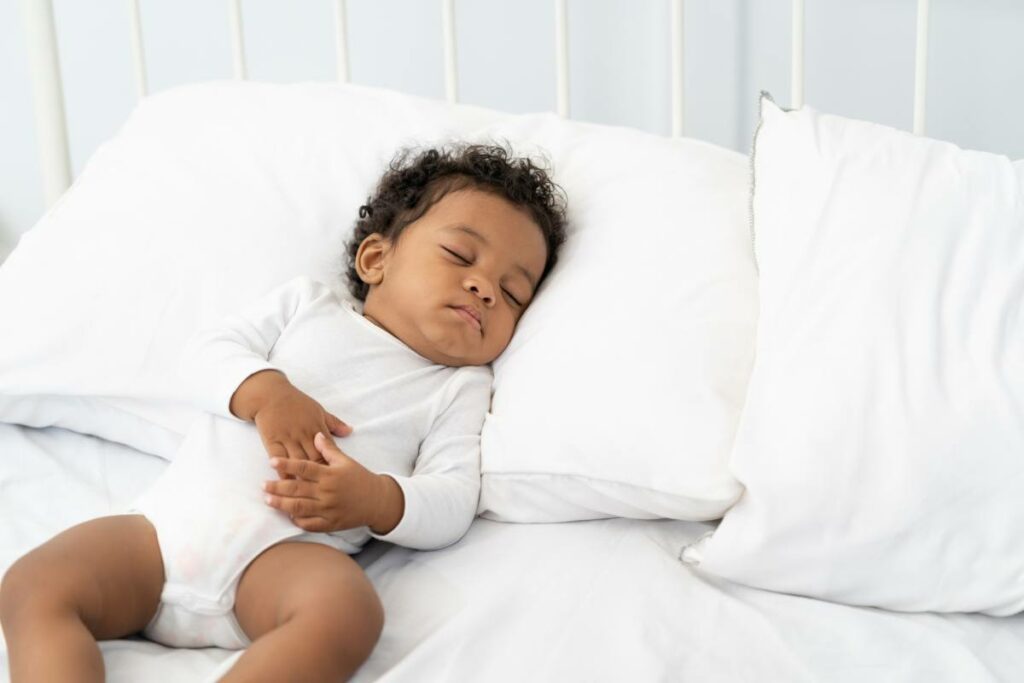
- Prevents overheating: Dense, thick materials can cause a baby to sleep hot and sweat. Breathable cuts like mesh or ventilation channels allow heat and moisture to dissipate.
- Supports respiratory health: Proper airflow prevents re-breathing exhaled carbon dioxide, which could aggravate conditions like asthma or allergies.
- Safeguards airway: Enables full chest expansion for unobstructed breathing. This protects the airway and oxygen intake.
- Promotes peaceful sleep: Babies sleep soundest in a cool, comfortable sleep environment. Making sure an orthopedic mattress has breathable components prevents disturbances.
When choosing an orthopedic crib mattress, certified breathable options like ventilated latex or dual-stage models with cooling layers provide the ideal combination of support and airflow.
Alternative Mattress Options for Babies
If you decide against an orthopedic design, there are several other suitable options:
LINENSPA 6 Inch Innerspring Mattress - Twin
Grassberry Dual Sided Medium Soft Mattress (75x44x6) Double
Rs. 6,722 in stock
Innerspring
- Traditional innerspring mattresses use metal coil systems to provide cushioned firmness.
- Make sure coils are enclosed for safety and that cushioning layers reinforce the surface.
Natural or Organic
- Natural materials like organic cotton, wool, or latex are inherently breathable and hypoallergenic.
- Ensure these mattresses still provide adequate firmness for infants.
Dual-Sided
- One side provides firm support while the other has more cushioning.
- Allows adjusting firmness as baby’s needs evolve.
Breathable/Mesh Mattresses
- Innovative materials like mesh covers or latex layers allow maximum airflow.
- Cuts humidity and dissipates body heat to prevent overheating.
Budget-Friendly
- Basic crib mattresses made with polyurethane foam pads or insulated vinyl coverings start around ₹3,000-5,000.
- While inexpensive, evaluate durability and whether these simpler mattresses will last.
How to Select the Ideal Mattress for Your Baby
The array of crib mattress options can certainly seem overwhelming for parents. To make the best choice for your child, keep these guidelines in mind:
Consider Your Baby’s Sleep Habits and Health
- Discuss your baby’s specific needs with your pediatrician based on sleep position, orthopedic conditions, injuries, or other health factors.
- This can help determine if an orthopedic mattress is recommended or if other options may also suit your baby.
Compare Different Models and Prices
- Look at both orthopedic and non-orthopedic mattress types.
- Evaluate materials, firmness, certifications, and costs to make apples-to-apples comparisons.
Focus on Quality and Materials if Choosing Orthopedic
- Higher priced orthopedic models typically use advanced foams or latex that provide durable medical-grade support.
- Certifications like GREENGUARD Gold or CertiPUR verify standards for performance, durability, emissions, and content.
Prioritize Your Baby’s Comfort
- Try out the mattress for a period to see how your baby adapts, checking for signs of discomfort.
- Be willing to switch or rotate dual-sided mattresses if the firmness seems unsuitable. Comfort should be the top priority.
Consider Breathability
- Make sure any mattress you choose allows airflow, heat dissipation, and moisture wicking to prevent overheating and sweating.
- Breathable options include mesh covers, ventilation holes, or models with breathable latex or wool layers.
Additional Mattress-Related Tips for Safe Infant Sleep
Beyond choosing the right mattress type, also follow these guidelines for your nursery:
Use a Tight Fitting Crib Sheet
- Loose sheets present a suffocation hazard. Choose fitted sheets with elastic completely surrounding the mattress edges.
Avoid Pillows, Cushions, and Loose Bedding
- Do not place pillows, blankets, cushions, or stuffed animals in the crib. These can obstruct breathing and increase SIDS risks.
Follow Room-Sharing Guidelines
- Room sharing without bed sharing allows you to monitor baby while reducing suffocation risks.
Set Up the Crib Properly
- Do not place the crib near windows or dangling cords.
- Ensure the mattress fits snugly in the frame without wide gaps.
Mattress Maintenance
- Use a waterproof protector to prevent stains and damage.
- Disinfect the mattress surface periodically.
- Air out the mattress to reduce odors or moisture.
Transition to a Toddler Mattress Around Age 2
- Once baby becomes mobile, switch to a toddler mattress that sits closer to the floor for safety.
- Look for durable, supportive toddler mattresses specifically sized for toddler beds.
Signs It May Be Time to Switch Your Baby’s Mattress
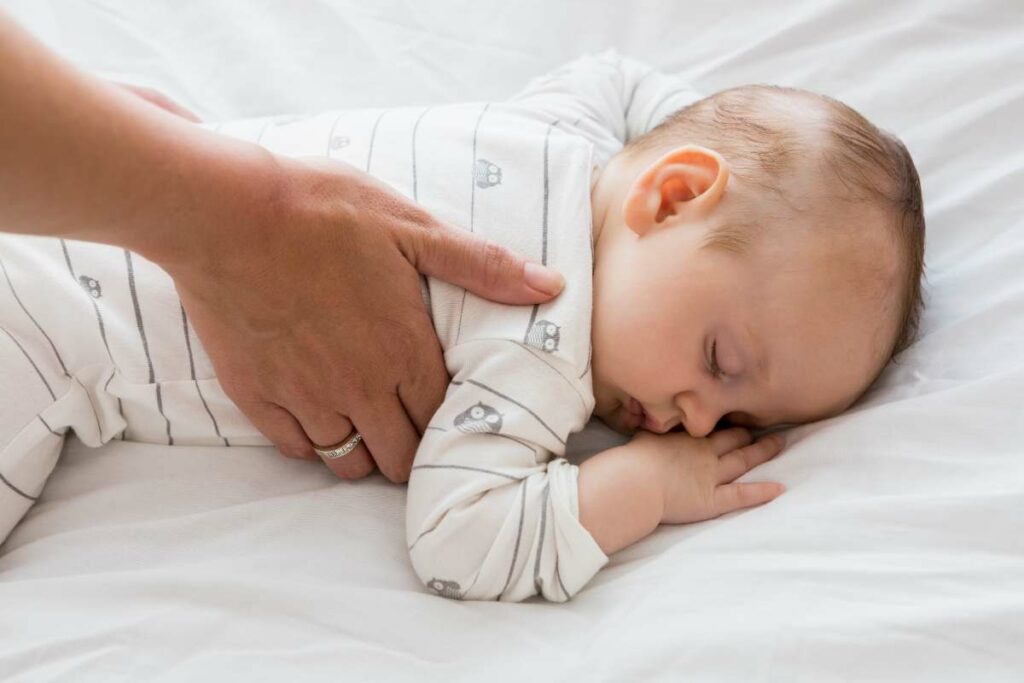
While most quality crib mattresses can last until your baby transitions to a toddler bed, there are some signs it may be time to replace the mattress sooner:
Sagging
- Check regularly for indentations, sagging, or loss of shape.
- Compression grooves mean the mattress is no longer providing uniform support.
Discomfort
- Switch mattresses if your baby seems consistently fussy or unable to sleep comfortably.
- An orthopedic model may help if the current mattress lacks support.
Off-gassing
- Some chemical smells initially off-gas from new mattresses but should fade.
- Ongoing strong odors could indicate a problem with materials.
Damage
- Look for cracking, tears, or damage to the waterproof cover.
- Damaged areas can harbor germs or bacteria.
Hand-me-down Mattress
- Used mattresses may lack support or have unseen damage.
- Prioritize a new mattress, especially for a newborn.
Allergies/Asthma
- If your baby has developed respiratory issues, an alternative hypoallergenic mattress may help.
Moisture Issues
- Accidents, spills, or condensation can cause unhealthy moisture.
- Letting the mattress air out may help, but replacement may be needed.
Years of Use
- Most quality mattresses can last 3-5 years or more with proper care.
- But if your baby has used a mattress for more than this time, replacement is likely needed.
Watch for these issues and discuss any concerns with your pediatrician. While it is an investment, your baby’s comfort and health are worth the cost of a replacement mattress when needed.
Tips for Easing the Mattress Transition
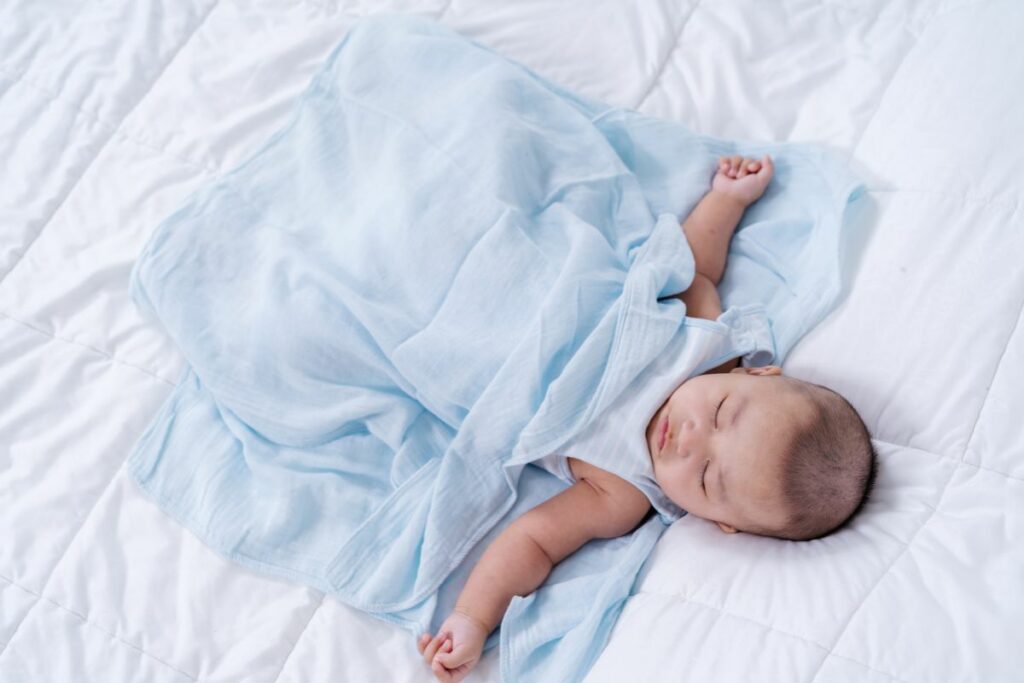
If it becomes necessary to transition your baby to a new mattress, here are some tips to make the change smoother:
- Have your baby nap or sleep on the new mattress before fully transitioning at night. This allows them to get used to the feel and your scent on it.
- Maintain as much consistency as possible between the old and new mattress types and firmness levels. Drastic changes in support could temporarily disrupt sleep.
- Slowly phase in the new mattress, using it for naps or part of the night at first, before completely switching.
- Introduce any new sheets or bedding alongside the new mattress so all sensory details remain consistent.
- Do not hesitate to further break in or adjust an orthopedic mattress if your baby seems uncomfortable. Adding a padded protector can soften firmness.
- Follow your normal pre-bedtime routine for continuity. The familiar cues signal sleep time.
- Be patient! It may take a few weeks for your baby to fully adjust to the new mattress. Offer extra comforting until the change feels routine.
With preparation and gradual introduction, you can make changing mattresses a smooth transition for both of you. Most importantly, enjoy the benefits of refreshed sleep knowing your baby rests easy on a clean, supportive new mattress!






